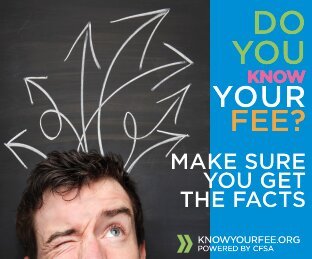What’s the driving mechanism behind the CFPB’s research department? Two words: Behavioral economics. According to this article, the CFPB will write and enforce rules using “the largest field test to date of a set of ideas known as behavioral economics.”
“The CFPB is almost certainly at the forefront of using behavioral economics for regulation and is the only agency I know of that has a significant player in this field on staff,” said David S. Evans, a banking industry consultant and lecturer at University of Chicago Law School.
Evans is referring to Sendhil Mullainathan, the Harvard econ pro that the CFPB has tapped to serve as its Assistant Director for Research.
Industry trade groups are brushing up on behavioral econ, as one recent example went from research to mainstream public policy:
One example of a recent policy based on ideas from behavioral economics was the Credit CARD Act of 2009. Behavioral research suggested that consumers tend to overestimate the savings from credit cards with no annual fees, and underestimate the costs of carrying a balance. In response, Barr said, federal officials revamped credit card statements to require issuers to tell consumers how much it would cost them in fees and interest to carry their balance for a certain length of time.





